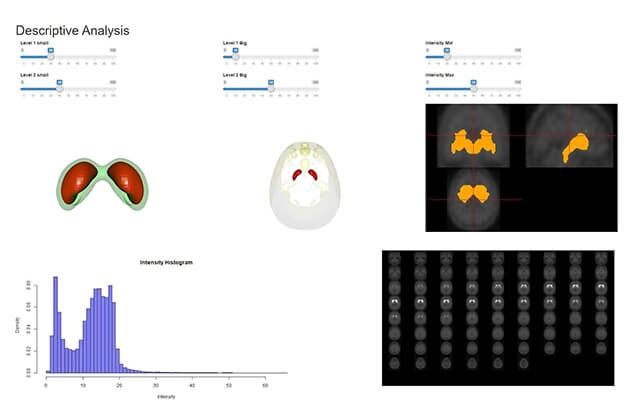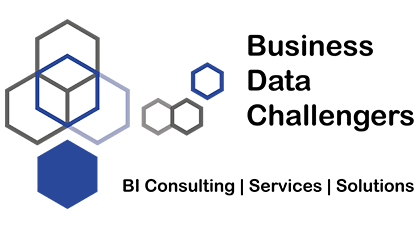Business Data Challenger Hetty Wessel develops together with colleague Bassam Shoukri and medical specialists a special Medical Dashboard (medical image processing dashboard). A project that has already been awarded an innovation subsidy.
The question to Hetty Wessel:
“Did you have a specific motive to do research with medical images? How did you come up with this specific idea?”
“Of all the information we process around us in the professional world, it is estimated that around 80% is involved
qualitative information. This is a conservative estimate. We see that data science courses focus (generally) on
quantitative information. This mainly builds on what we have been doing for decades: quantities, sizes, numbers, ratios, etc. This approach is often perfectly suited to unlocking information for business operations, for example, but there is also an increasing need to be able to interpret images and natural (unstructured) texts. We can 'see' more and more through the development of sensors and medical equipment, for example. But can we as people get enough out of this? How do we ensure that the extra information helps with interpretations and explanations for what has happened and how can we include that in the prediction of what might happen? A data scientist is not a programmer who knows a few standard models and knows how to produce nice visuals. A Business Data Challengers data scientist understands the data that needs to be worked with, understands the application, the context, can develop models based on that context and take the right methodological steps to arrive at good input for the models. I see good courses in the field of text mining at linguistics faculties. And unfortunately, this is often looked down upon by the more beta-oriented education programs. We also see that data science is not really getting off the ground yet. There are too many one-trick ponies without a good methodological and statistical background. I spoke to someone like that a while ago. He had applied a model without understanding that this was not possible in that context. “Yes, something came out of it, didn't it?” That's the point: something always comes out of it... but then the connection with practice comes and that's what it's all about. As a data scientist, I wanted to focus on qualitative information, because that's where the challenging questions lie. And of course, that also has many quantitative components. Especially in the medical world, you see a huge increase in technologies to be able to 'see' the human body (less invasively). Developments in MRI equipment, for example, have taken off. It therefore makes sense to see how we can support the specialist in using the information from the images for research. So much information is still left on the shelf because images are simply too large to process, especially when it concerns a large amount of images in a scientific study. On the other hand, images are often not comparable at all, unless you pre-process them well. This is the substantive interest. Furthermore, we see that healthcare is finding it increasingly difficult to continue to serve everyone. People are getting older and sometimes they continue to live through all kinds of tricks that were not possible in the past. On the one hand, this is a very nice development, on the other hand, we will soon no longer be able to handle it. So there is a serious social issue in healthcare, which is getting bigger and bigger. If we can contribute to solving this, then I am happy. I think that we are very capable of using our technologies (from preparation and analysis to prediction) to help fill in the gaps in knowledge together with specialists. In this, we at BDC always seek cooperation with specialists to strengthen each other. And finally, I also think it is important not to just process the images. Often many more sources are involved. Firstly, you already have different types of images, which together can provide extra information (for example an ECG with an fMRI - a special MRI technique for brain research with three-dimensional images). In addition, we are also making progress in text mining, particularly in the area of unstructured texts. Sometimes it is very useful to include such sources in an analysis. Image processing is of course also used for other purposes, such as in industry. These are partly the same technologies. But the social impact will probably be less. If there is an entrepreneur who wants to prove me wrong, I would be happy to recommend myself.”

